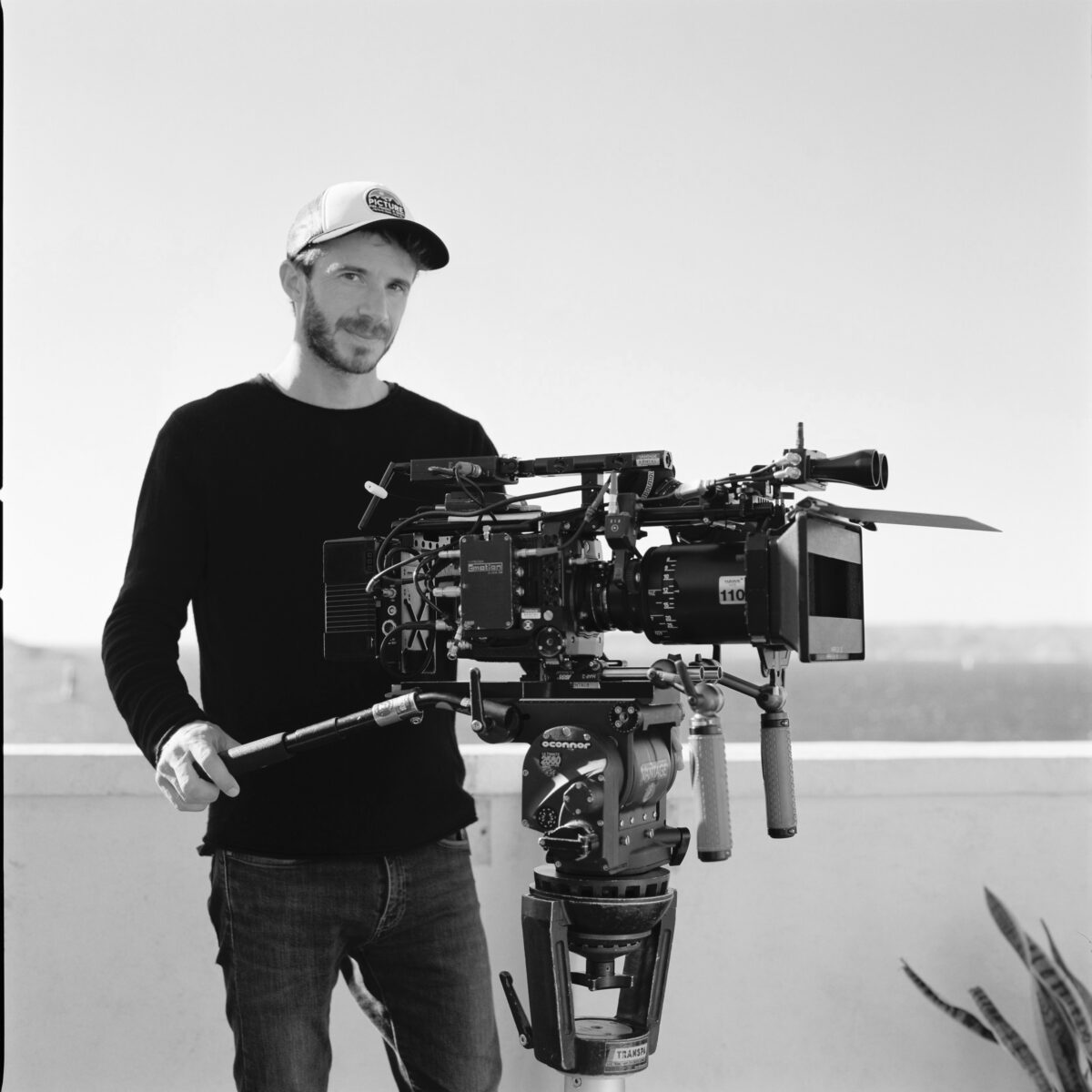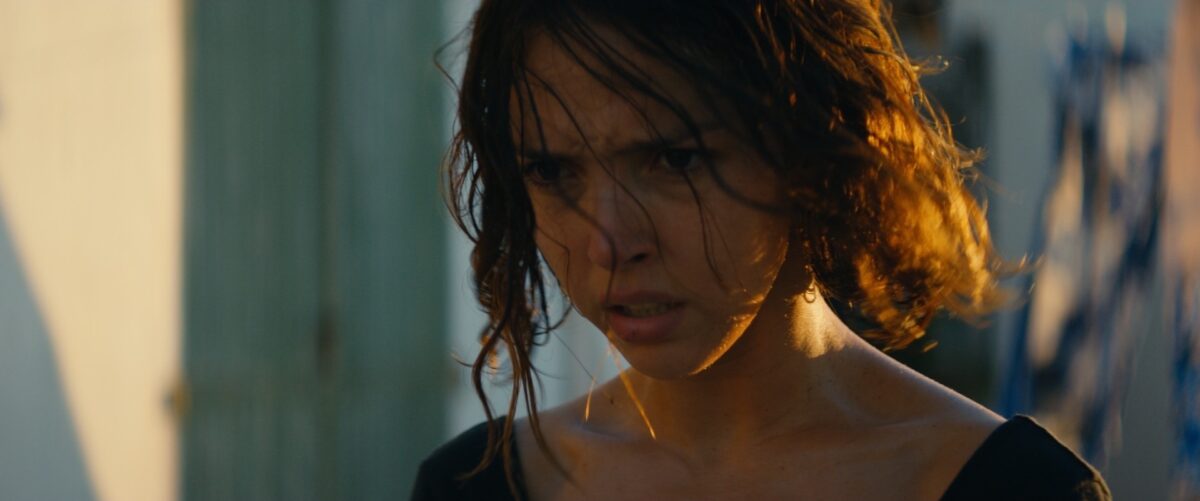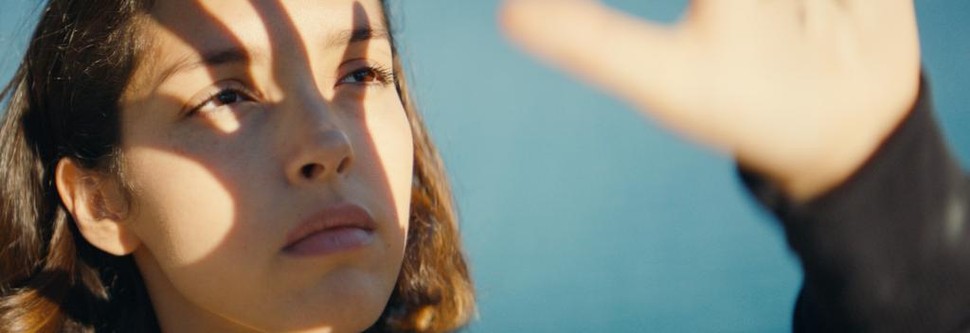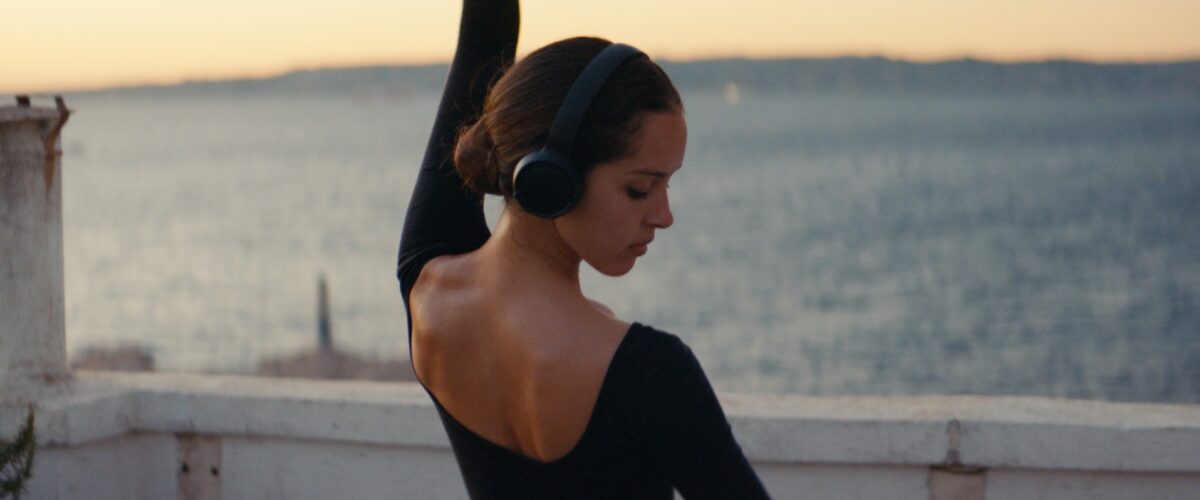Léo Lefèvre shoots Houria in Algeria

Directed by Mounia Meddour, Houria follows young ballet dancer, Houria (exceptionally portrayed by Lyna Khoudri) who dreams of joining the Algerian National Ballet. Making ends meet as a cleaner and betting on ram fights, she is assaulted after winning a large sum of money on a bet. After the assault, Houria is unable to speak and it’s also likely that she will never be able to dance again. While recovering at a rehab centre, Houria is determined to continue her pursuit of a career in dancing. Beautifully captured by DP, Léo Lefèvre, Houria is a harrowing portrayal of trauma and not losing sight of one’s dreams.

Lefèvre grew up in the south of France and went to film school in Toulouse for two years, before ultimately moving to Belgium in 2006. He then went on to graduate from INSAS film school in Brussels in 2011. “After several trainee experiences on sets through my school and a lot of camera assistant and dop’s practises during holidays, weekends and extra time, I was able to start to work as 2nd camera assistant just after school,” says Lefèvre. “I learnt a lot from great directors and cinematographers like Ken Loach, RobbieRyan, Agnes Godard, Yves Belanger and many more… Until 2015 I was working as a camera assistant and Highspeed Camera Operator on features films and commercials. I was also shooting music videos, short movies, documentaries and art films during my free time. Director of photography became finally my main activity, and I was able to shoot bigger productions years after years. Papicha (from director Mounia Meddour) was my first successful release because the movie went to Cannes before to win 2 Césars in 2019 (Best First Feature & Best Promising Actress).”
Lefèvre’s early influences were cinematographers Robby Müller and Agnès Godard. “At the beginning when I was shooting, I was not so educated about cinema and I didn’t know the names of directors, actors and stuff,” says Lefèvre. “I think I watched almost everything from Robby Müller and Agnès Godard at first. After that, I was curious about lots of things. It was more directors or types of cinematography more than names. I’m very curious now about what people can do. There are also many good cinematographers in Belgium!”
Houria marks Lefèvre second feature film collaboration with director, Mounia Meddour.

“Shooting in Algeria is not easy, especially for a director who does political movies. Visas were impossible to get, without any explanation from the ambassy. Covid made the situation even more complicated. We started location scouting in Morocco, and just before our arrival for the shoot, they closed the borders to protect the country from the pandemic. The only and last option to make this movie was to shoot in Marseille, where we recreated our Algiers, based on good location scouting, hand in hand with production designer Chloé Cambournac and some VFX to help wideshots,” details Lefèvre.
Discussing his approach to capturing the ram fight sequences, Lefèvre explains that shooting this wasn’t possible in France due to laws. “We tried doing it in Spain as it is cultural and exists there, but we had no money from Spain to spend,” he says. “It exists for real in Algeria and is typical there. Three months after the shoot, we organised a shoot in Algeria, with a local DP, set decorator, a crowd and real sheep fighting. On the side, we were shooting in the suburbs of Paris, the exact same thing with the crowd, and the same lighting set-up. I told the DP in Algeria what kind of lens to use and the camera and setting to use. So, we were only shooting the actors and close-ups in Paris and we had sheep from the circus, who were used to being in front of crowds. I couldn’t actually film them for real it was just for reference and as a guide for the close-up on the actors. So, there was a small part of the movie actually shot in Algeria. That was very special. We just had phone calls and pictures of set-ups. I didn’t know the crew there, but everyone did very well and it works. It was a good exercise to cheat it.”
“We did share some movies and music videos,” Lefèvre continues. “During the prep we also worked with a choreographer (Hajiba Fahmy). I went to Paris to see some dance work between Mounia, the choreographer and Lyna. I went there with my little camera just to move around and to try to get the rhythm of the movement that they were preparing. It wasn’t an easy discussion because the choreographer was filming as well when she was rehearsing, just to show to Mounia. She was filming it in a very modern way, the way we are used to seeing it in dance and music videos. The director insisted on the idea that we should see what Houria feels when she is dancing. Of course, the choreography is very important, but it will be just a small perspective on the choreography and the dance and the movements. we had to find a good combination between how to see the body without being too wide.”

When it came to lighting, the idea was how to shoot 360 degrees. “Every take is a plan-séquence,” notes Lefèvre. “Even if we just need the very end of the scene because we missed something, we have to go back from the beginning and do the entire scene again. We had to be very smart with my gaffer (Thomas Bojan), just to find a good combination of what we can use outside. The movie is bright and we need to feel light, so we needed to light inside as well, so I used lots of top lights and LED lights that we could use in the ceiling and warm it a little bit, just to feel a bit more the colour of the skin. It was very difficult when Houria’s friend takes the boat to Spain at night, with lots of people going at the same time. The scene started when they were seated. It was a ten to fifteen minutes shot when we were walking with them and then people came from the hill and the boat arrives and then they enter the water and onto the boat. It was really a choreography between the whole team: the boom operator, myself and my gaffer. We had big source lights, around 60m above. Then on the top of the hill we had some other big lights that we could control by an iPad. My gaffer had to always change the lighting by dimming when the camera was moving to keep the direction of light and try to avoid a front light and keep the back light. That was very a complicated scene, but I tried to be very natural with the result. I don’t like to feel the light, I prefer to light a room instead of a face. I like to keep the light as wide as possible, to give the freedom to the director.”

The duration of the shoot lasted 33 days. “I really enjoyed working with Mounia for a second feature film because you don’t start at zero. You have already done something together and so it is easier in terms of communication and preparation. I really liked to shoot handheld and with Mounia I can really express myself. Sometimes I want to just close my eyes and just frame with what I feel and my feeling of the scene. It’s quite intense and at the end of the day I’m very tired, but it’s a new change and I really enjoyed working with her,” Lefèvre concludes.
